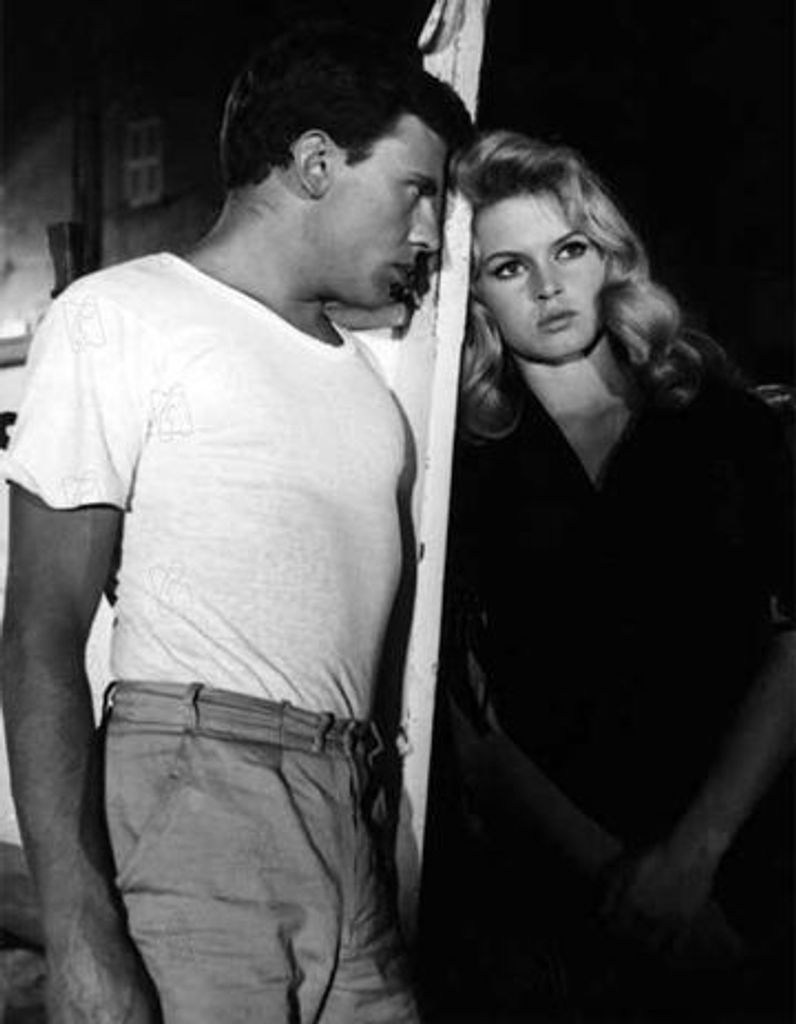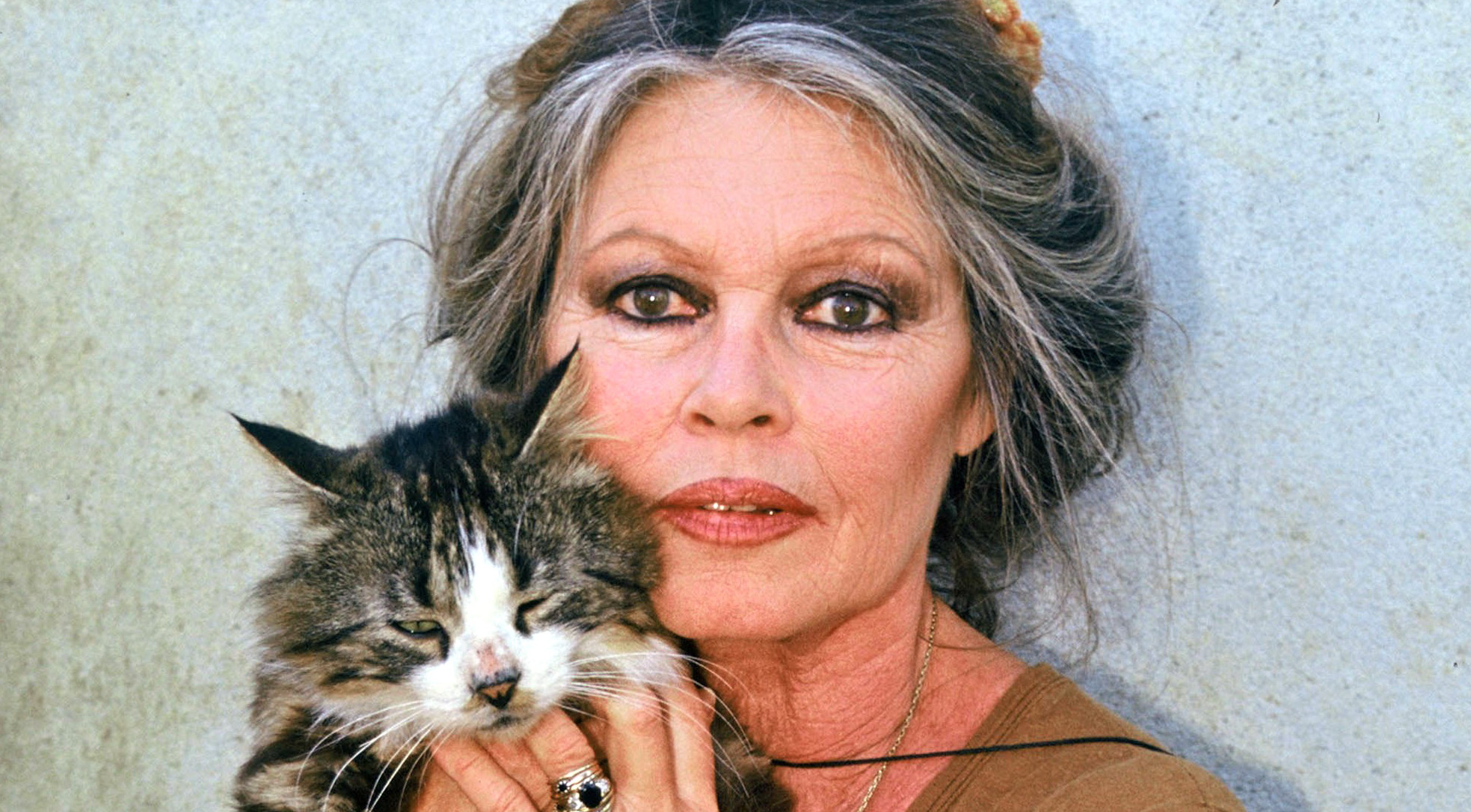Title: Brigitte Bardot: A Life of Glamour, Controversy, and Activism
Brigitte Bardot, the iconic 1960s sex symbol, has lived a life that reads like a script from a daring film, filled with glamour, controversy, and a fierce commitment to animal rights. Born on September 28, 1934, to affluent parents in Paris, Bardot’s early life was steeped in privilege, yet it was her audacious spirit that propelled her into the limelight. From her beginnings as a ballerina to becoming a revolutionary figure in cinema, Bardot’s journey is as multifaceted as her legacy.

Emerging from the elite circles of Paris, Bardot first captured the public’s imagination as a model, gracing the cover of L Magazine at just 15. Fashion historian Nicole Perrault noted that Bardot represented a fresh narrative in fashion, embodying the “june fee”—a prim yet alluring teenage girl. This early success paved the way for her entry into the film industry, where her provocative performances would challenge societal norms.

Her marriage to director Roger Vadim in 1952 marked a turning point in her career. The film “And God Created Woman” catapulted Bardot to international fame, showcasing a sexually liberated heroine at a time when such portrayals were rare. The film’s controversial themes ignited debates and even led to bans in several American states, yet it only intensified Bardot’s allure, making her a symbol of freedom and rebellion.

However, Bardot’s personal life was a tumultuous affair. After a brief marriage to Vadim, she wed actor Jacques Charrier, with whom she had her only child, Nicolas. Bardot’s relationship with motherhood was fraught with conflict, as she revealed in her memoir, expressing regret over her pregnancy. Despite her struggles, Bardot’s charisma continued to draw attention, leading to high-profile romances, including a notorious relationship with the legendary French musician Serge Gainsbourg.

Despite her immense fame, Bardot chose to remain in France, shunning Hollywood’s allure. She expressed a disdain for the American film industry, even acknowledging the tragic fates of stars like Marilyn Monroe. Bardot’s reluctance to conform to Hollywood standards showcased her desire for authenticity, though it also meant she never received an Academy Award nomination.

In 1973, Bardot retired from acting, redirecting her passion towards animal rights activism. She founded the Brigitte Bardot Foundation, selling her possessions to fund her cause. This shift was not merely a career change; it was a quest for purpose. Bardot’s commitment to animal welfare became her new calling, as she sought to bring attention to the plight of animals.

However, Bardot’s outspoken nature has often landed her in hot water. Her controversial remarks on immigration and race have drawn criticism, leading to multiple fines for inciting racial hatred. While she claims her activism is driven by a love for animals, her political views have overshadowed her legacy as a feminist icon.

In recent years, Bardot’s comments regarding the #MeToo movement have shocked many. Once celebrated as a pioneer of female empowerment, she dismissed the movement as “hypocritical,” asserting that she never experienced harassment. This stance has alienated her from many who once admired her.

Today, Bardot lives a reclusive life in La Madrague, her private estate on the French Riviera. After decades in the public eye, she has found solace away from the relentless scrutiny of fame. Yet, as her story continues to unfold, it serves as a reminder of the complexities of celebrity life—where glamour, controversy, and activism intertwine.

Brigitte Bardot remains a figure of fascination, embodying both the allure and the challenges of a life lived in the spotlight. As she navigates her golden years, the world watches, eager to see how this legendary icon will continue to shape her legacy.






